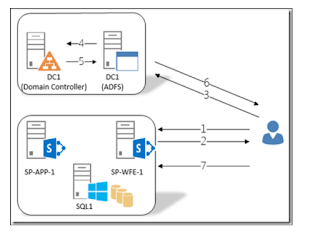The
following list of the network commands will help to understand where you machine
is and how it's routed.
So, run MS-Dos window and enjoy:
1. notorious - ping - sends out a packet to a designated internet host or network computer and measures its response time. The target computer will return (hopefully) a signal.
2. ipconfig (add /all to get a full picture) - It is used to display the TCP/IP network configuration values (assigned IP, gateway and DNS server)
So, run MS-Dos window and enjoy:
1. notorious - ping - sends out a packet to a designated internet host or network computer and measures its response time. The target computer will return (hopefully) a signal.
2. ipconfig (add /all to get a full picture) - It is used to display the TCP/IP network configuration values (assigned IP, gateway and DNS server)
3.
tracert - The actual path between two
computers on the Internet is not a straight line but consists of numerous
segments or "hops" from one intermediate computer to another. Tracert shows each step of the path
taken.
4. pathping - this command combines
functions of Ping and Tracert. Pathping will first list the number
of hops required to reach the address you are testing and then send multiple
pings to each router between you and the destination.
5. netstat - displays the active TCP
connections and ports on which the computer is listening, Ethernet statistics,
the IP routing table, statistics for the IP, ICMP, TCP, and UDP
protocols.
The command "netstat -a" will
display all your connections. The command "netstat -b" will show the executable
files involved in creating a connection. A figure showing all the switches and
syntax is given below
5. nslookup - This command helps diagnose
the Domain Name System (DNS) infrastructure.


No comments:
Post a Comment